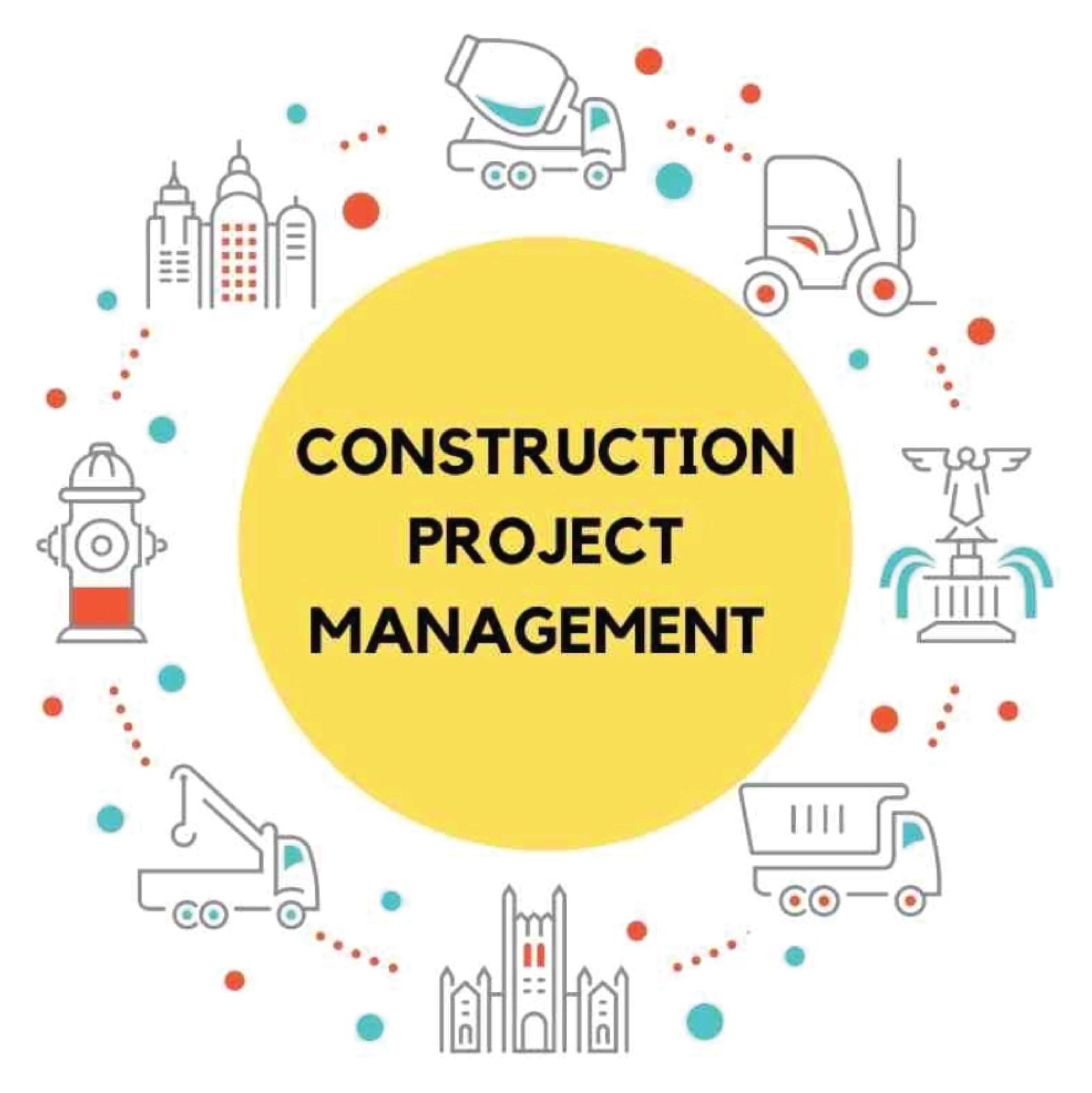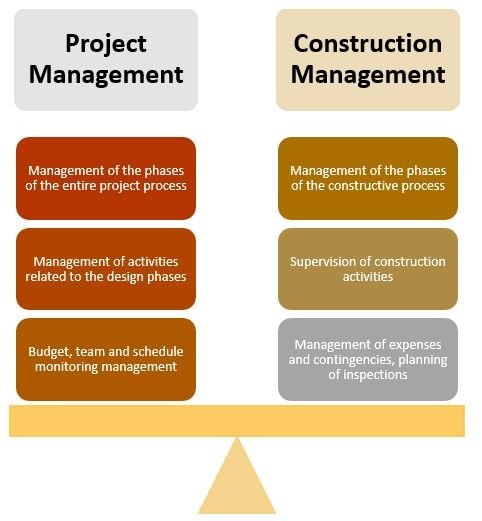Introduction
Construction Project Management involves coordinating various tasks, resources, and stakeholders to complete a construction project successfully. It encompasses planning, scheduling, budgeting, resource allocation, risk management, and communication. The goal is to deliver a project on time, within budget, and to the required quality standards.

What is the Importance?
These templates serve as comprehensive guides that standardize processes and ensure consistency across projects. They help project managers:
- Plan Projects Effectively: Templates provide a roadmap for planning all phases of a construction project. They outline the necessary steps, from initial concept to project completion, helping managers plan tasks, allocate resources, and set timelines.
- Track Progress: By using templates, project managers can monitor progress and identify potential issues early. Templates allow for tracking milestones, deadlines, and deliverables, ensuring the project stays on track.
- Manage Resources: Resource management templates help allocate and manage resources efficiently. They track labor, equipment, and materials, ensuring optimal utilization and preventing resource shortages or overages.
- Control Costs: Budget templates help track expenses and manage costs. They provide detailed breakdowns of costs, allowing project managers to monitor expenditures, forecast future costs, and ensure the project stays within budget.
- Ensure Quality: Quality management templates outline the standards and procedures for ensuring project quality. They include checklists, inspection forms, and quality control procedures, ensuring the project meets the required standards.
- Enhance Communication: Communication templates facilitate clear and consistent communication among project stakeholders. They include templates for meeting agendas, progress reports, and stakeholder updates, ensuring everyone stays informed and aligned.
Related Article: 6 Steps To Build Project Resource Planning Template- PMITOOLS
Identifying the Key Components
Following are the key components that are discussed below:
Project Plan Template
A project plan template outlines the overall strategy for a construction project. It includes:
- Project Objectives: Defines the goals and objectives of the project.
- Scope of Work: Details the tasks and activities required to complete the project.
- Timeline: Provides a schedule of project activities and milestones.
- Resource Plan: Outlines the resources needed, including labor, equipment, and materials.
- Risk Management Plan: Identifies potential risks and outlines mitigation strategies.
Schedule Template
A schedule template provides a detailed timeline for the project. It includes:
- Task List: Lists all tasks and activities required to complete the project.
- Start and End Dates: Specifies the start and end dates for each task.
- Dependencies: Identifies dependencies between tasks.
- Milestones: Marks key milestones in the project timeline.
- Gantt Chart: Visual representation of the project schedule.
Related Article: Top 6 Project Status Report Template – PMITOOLS
Budget Template
A budget template tracks project costs and manages expenses. It includes:
- Cost Estimates: Provides detailed cost estimates for labor, materials, equipment, and other expenses.
- Actual Costs: Tracks actual costs incurred during the project.
- Variance Analysis: Compares actual costs to budgeted costs and identifies variances.
- Forecasting: Predicts future costs based on current expenditures.
Resource Management Template
A resource management template ensures efficient allocation and management of resources. It includes:
- Resource Allocation: Assigns resources to tasks and activities.
- Resource Availability: Tracks the availability of resources.
- Resource Utilization: Monitors resource utilization to prevent over- or under-utilization.
- Resource Costs: Tracks the costs associated with resources.
Risk Management Template
A risk management template identifies and mitigates potential risks. It includes:
- Risk Identification: Lists potential risks that could impact the project.
- Risk Assessment: Evaluates the likelihood and impact of each risk.
- Risk Mitigation: Outlines strategies for mitigating identified risks.
- Risk Monitoring: Tracks and monitors risks throughout the project.
Related Article: Download Top Project Dashboard Template – PMITOOLS
Quality Management Template
A quality management template ensures the project meets the required quality standards. It includes:
- Quality Standards: Defines the quality standards for the project.
- Inspection Checklists: Provides checklists for inspecting work and ensuring quality.
- Quality Control Procedures: Outlines procedures for quality control and assurance.
- Quality Audits: Conducts audits to verify compliance with quality standards.
Communication Template
A communication template facilitates effective communication among project stakeholders. It includes:
- Communication Plan: Outlines the communication strategy for the project.
- Stakeholder List: Identifies project stakeholders and their communication preferences.
- Meeting Agendas: Provides templates for planning and conducting project meetings.
- Progress Reports: Templates for reporting project progress to stakeholders.
- Stakeholder Updates: Templates for updating stakeholders on project status.
Related Article: 8 Tips For Designing Product Roadmap Template – PMITOOLS

Benefits of Using Construction Project Management Templates
This template offers several benefits including:
- Standardization: Templates provide a standardized approach to project management, ensuring consistency across projects.
- Efficiency: Templates streamline processes and reduce the time and effort required to manage projects.
- Accuracy: Templates help ensure accurate planning, scheduling, budgeting, and tracking.
- Transparency: Templates provide clear and transparent documentation of project activities and progress.
- Accountability: Templates assign responsibilities and ensure accountability among project team members.
- Risk Management: Templates help identify and mitigate risks, reducing the likelihood of project delays or failures.
- Quality Assurance: Templates ensure projects meet the required quality standards.
- Improved Communication: Templates facilitate clear and consistent communication among project stakeholders.
Related Article: Advanced Project Plan Template Excel Download- PMITOOLS
Defining Steps for Implementation
To implement this template effectively, follow these steps:
Step 1: Identify Project Requirements
Determine the specific requirements of the construction project. Identify the tasks, resources, and stakeholders involved. Define the project objectives, scope, and timeline.
Step 2: Select Appropriate Templates
Choose templates that meet the project’s specific requirements. Select templates for project planning, scheduling, budgeting, resource management, risk management, quality management, and communication.
Step 3: Customize Templates
Customize the selected templates to fit the project’s specific needs. Adjust the templates to reflect the project’s objectives, scope, and timeline. Ensure the templates align with the project’s quality standards and communication requirements.
Step 4: Train Project Team
Train the project team on how to use the templates effectively. Provide training on how to fill out and update the templates. Ensure the team understands the importance of using the templates consistently.
Related Article: Top Project Portfolio Tracker Template Download – PMITOOLS
Step 5: Implement Templates
Implement the templates in the project management process. Use the templates to plan, schedule, budget, and track the project. Ensure the templates are used consistently throughout the project.
Step 6: Monitor and Update Templates
Monitor the use of the templates and update them as needed. Ensure the templates reflect the current status of the project. Make adjustments to the templates as the project progresses.
Challenges in Using Construction Project Management Templates
While these templates offer many benefits, they also present some challenges:
- Customization: Templates must be customized to fit the specific needs of each project. This can be time-consuming and require careful planning.
- Consistency: Ensuring consistent use of templates across all project team members can be challenging. Training and regular monitoring are essential to maintain consistency.
- Complexity: Some templates can be complex and difficult to use. Simplifying templates and providing clear instructions can help overcome this challenge.
- Adaptability: Templates must be adaptable to changing project requirements. Regular updates and adjustments are necessary to ensure templates remain relevant.
- Resource Allocation: Ensuring the templates are properly used for resource allocation and management can be challenging. Regular monitoring and adjustments are essential.
Read More: Construction management – Wikipedia
Conclusion
Construction Project Management templates are essential tools in project management. They provide a structured approach to planning, scheduling, budgeting, resource allocation, risk management, and communication. By using these templates, project managers can ensure projects are completed on time, within budget, and to the required quality standards.



